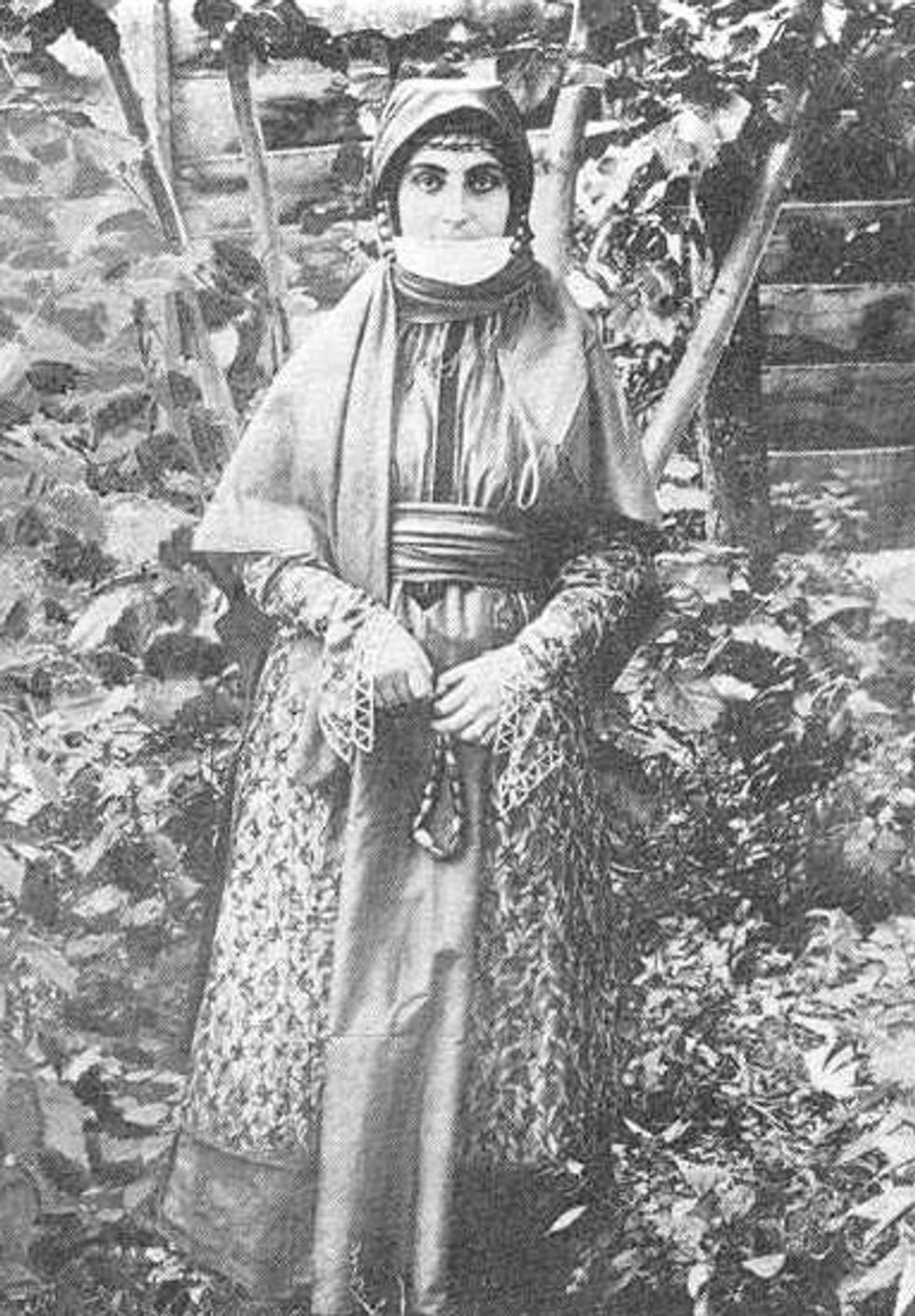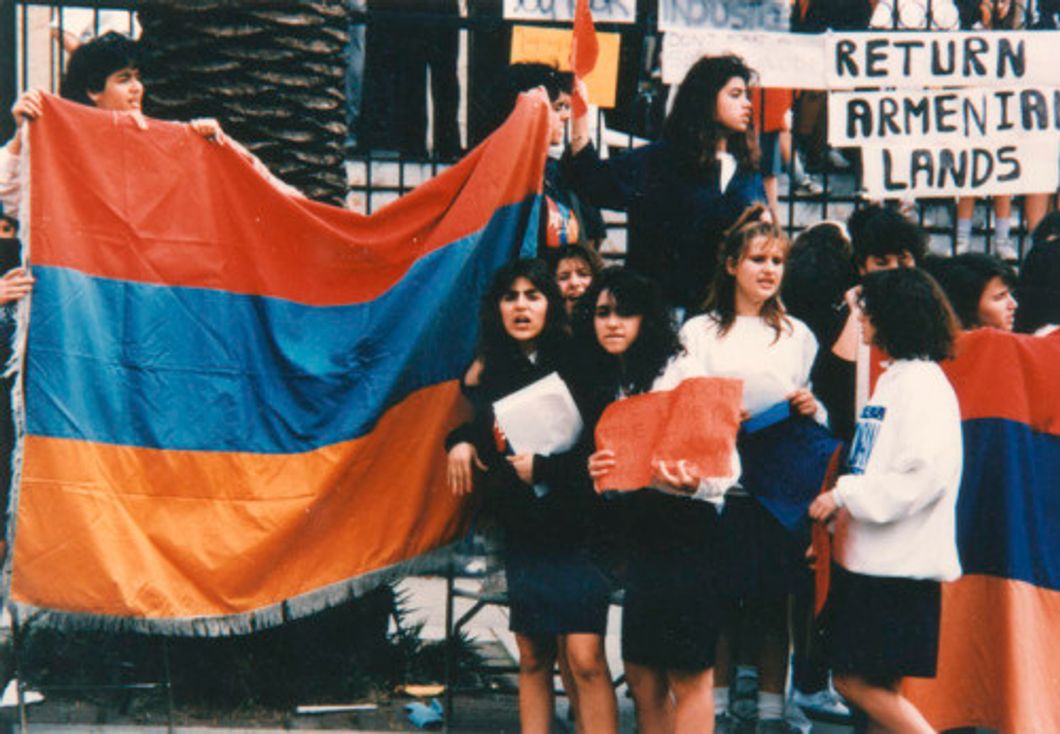Coming from a family composed of Armenian immigrants, it is always exciting to send a link in the family group chat and see the flurry of responses and opinions that follow. With roots so deeply embedded in our country of origin, it came as a shock when I discovered my parents had never even heard of the study I sent them.
The video by Carla Kekejian, who received her Master's at the UCLA Graduate School of Education and Information Sciences, featured a glimpse into her research on the forgotten language used by Armenian women in the early 20th century. Harsneren, which translates into "Language of the Bride" was a sign-language form of communication developed in parts of rural Armenia where speech taboos forced married women into silence.
Aside from Kekejian's study, there has only ever been one other study of Harsneren, which took place in 1935 and was conducted in Soviet Armenia by D. P. Karbelashvi under the USSR Academy of Sciences.
Harsneren is nolonger in use according to Kekejian's research. Both studies were conducted orally, taken fromin-person interviews of former brides conditioned into such lifestyles. Aside from the political and economic growth of the Tavush Province, where both Karbelashvi and Kekejian conducted their research, very little is actually known about the use of Harsneren.
I take for granted the freedom I have to spend my free time vocally critiquing everything from the actions of America's Executive Branch to how spectacularly the US legal system fails to protect rape survivors. However, Armenian women who married a few decades ago were expected to wear white clothes around their mouths and keep silence in front of their in-laws.

While the differences are unequivocally jarring, it seems more aggravating that an 80+ year gap is present between Karbelashvi's research and Kekejian's, and the factors that contributed to its end in the lives of Armenian women. The reason no one in my family or any of my Armenian friends even knew such a significant part of their history existed seems less like historical negligence and more because of the lack of attention given to the lives of women and their importance.
Anaïs Chagankerian, a graduate in International Conflict Analysis and Geopolitics, summed it up perfectly in a piece regarding lack of representation by Armenian women in literature.
"When a mother's experience is reduced to one of sacrifice, we normalize pain as an essential part of motherhood. And when we present women only as passive objects of love and desire, we promote unbalanced relationships where women's own desires are erased. These illustrations of femininity are so ingrained in our collective imagination that if you dare distance yourself from them, your whole Armenian-ness can even be questioned."



















